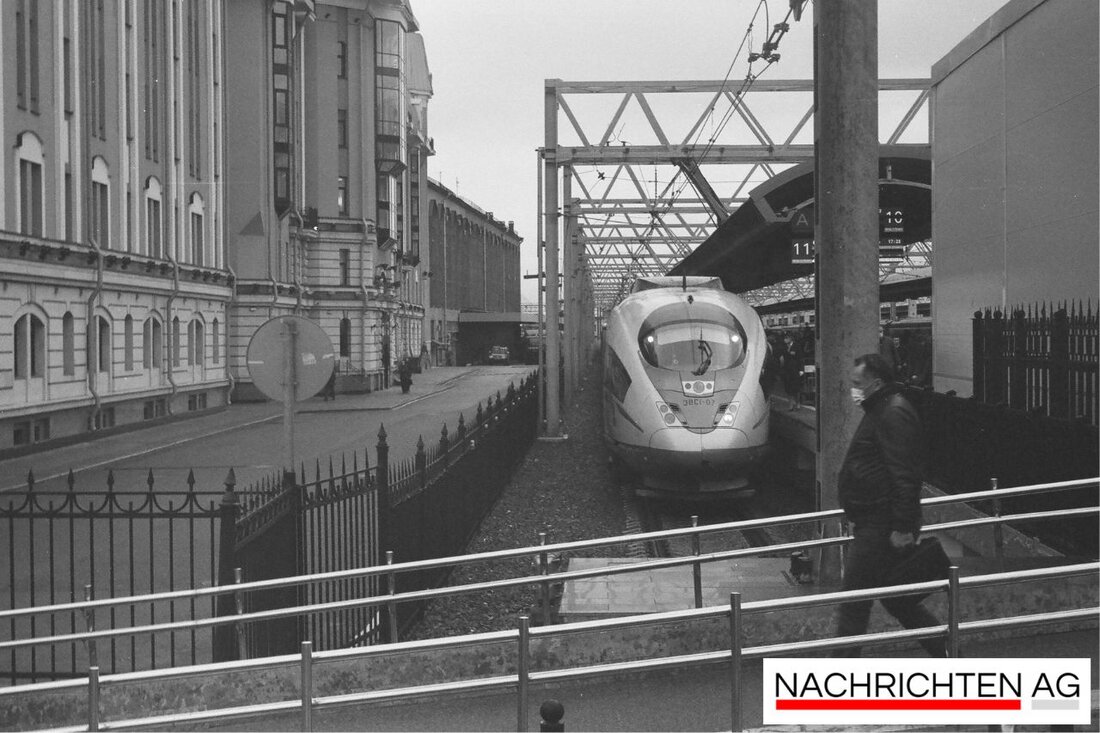Historical delicacies: In the café flowering time, the journey through time taste!
Historical delicacies: In the café flowering time, the journey through time taste!
If you stroll through Wittenberge, you can quickly get rid of the tastes of past times. In the "Café Blooming", which has been in the hands of the talented harpsichord and hammer wing player Mira Lange since 2024, guests can expect historical cakes and cookies, some of which are already hundreds of years old. The café, located about 400 meters from the train station, enchants not only by its delicious specialties, but also by its charming front yard with cozy tables and chairs. For a long time on weekends without concerts, the time takes the time to bake according to old recipes and thus to beat a bridge to forgotten living environments and cultural traditions. Nordkurier reports that including a special Portuguese coffee cake and a Viennese cherry cake from 1870.
Mira Lange has dealt intensively with old cookbooks during the Corona pandemic. She noticed that many of the historical recipes were incomplete - often there were no quantities or cooking times. She has mastered these challenges creatively by reinterpreting the old traditions. It is particularly fascinating that old baking recipes often required plenty of spices and higher amounts of butter and eggs. Another sign of the turning point: baking powder only found its way into the domestic kitchens at the end of the 19th century. The café is open in summer, usually on Saturdays and Sundays from 12 noon to 5 p.m. - ideal for a pleasant end to the weekend. The passion for culinary traditions can also be found in the Belle Époque when champagne and exquisite wines became the preferred choice of the elites. The sparkling drink was highly valued in the Maxim’s restaurant in Paris. la Table du Temps Jadis describes that Bordeaux- und Burgundy also enjoyed great popularity during this time. Wines from the Médoc and the Côte d’Or were particularly in demand and contributed to the exclusivity of the gastronomy at that time. The wine culture of this era consisted not only of the enjoyment of fine drops, but also of the art of perfect pairing - so white wines were served with fish and red wines containing Tannin. In addition, Absinth, also known as the “Green Fairy”, was particularly popular for a while before it was banned due to controversial health effects in 1915. This exciting time in gastronomy and the conscious enjoyment of food and crying still shape the culture in many regions of Europe. Another gem in Austrian wine culture is the Retzer Land, which is known for its diverse wine production. The picturesque vineyards unfold their special charm in the different seasons and offer a general public the opportunity to immerse themselves in the world of wine. Retzer Land informed that the region offers numerous heurige, restaurants and vinothes. It is not just an insider tip among the wine regions of Austria, but a place where the symbiosis between humans and nature can be experienced in wine production. whether in the "Café flowering time" or in the vineyards of the Retz Land, in these unique culinary oases the connection between history and enjoyment is lived in a delicious way. Interested parties should not miss the visit of the café and the wine region - it is worth diving into these tasteful traditions! a culinary journey into the Belle Époque
wine culture in the Retzer Land
| Details | |
|---|---|
| Ort | Wittenberge, Deutschland |
| Quellen | |


Kommentare (0)